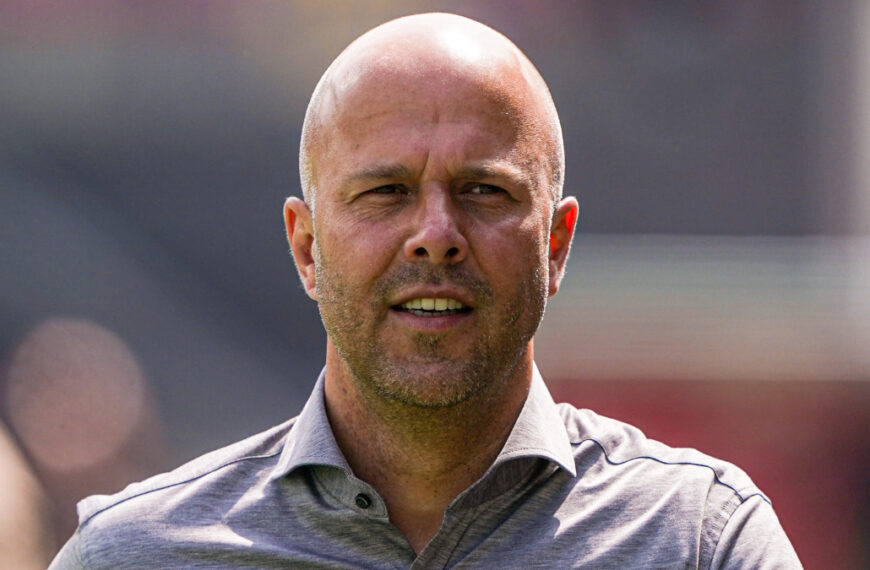The format of the World Cup is set to change, beginning in the 2026 edition hosted by the USA, Mexico and Canada.
The plan was always to increase the number of teams involved in the showpiece tournament, which saw 32 sides compete in 2022 in Qatar, a tournament that was eventually won on penalties by Lionel Messi’s Argentina.
That will be increased to 48 sides for the next tournament, split into 12 groups of 4 (the initial plan had been for 16 groups of 3 but this proved too easy to manipulate for sides in said groups). Each of the group’s winners and runners up will progress to the knockout rounds, along with the eight best third-placed teams.

Lusail, Qatar. 18th Dec, 2022. Lionel Messi of Argentina looks at the World Cup Trophy during the awarding ceremony of the 2022 FIFA World Cup at Lusail Stadium in Lusail, Qatar, Dec. 18, 2022. Credit: Cao Can/Xinhua/Alamy Live News 2M43RRK Lusail, Qatar. 18th Dec, 2022. Lionel Messi of Argentina looks at the World Cup Trophy during the awarding ceremony of the 2022 FIFA World Cup at Lusail Stadium in Lusail, Qatar, Dec. 18, 2022. Credit: Cao Can/Xinhua/Alamy Live News (Alamy Stock Photo)
It will, in turn, make the tournament longer, with a last 32 round now inserted rather than an immediate last 16, and this plus the additional groups will take the tournament from its usual 64-game tournament to 104, while a week will be cut from preparation in order to fit in the extra clashes.
It means that a side will have to play eight games to win the competition too, rather than the seven that Messi and Kylian Mbappe both played in November. This could, in turn, lead to plenty more records being broken by the next generation of superstars, with an extra game to produce goals, assists and clean sheets.
It will also hand out more qualification spots, with Europe now set to send 16 sides to the tournament (sent 13 to Qatar), while South America could send as many as 7 (sent four to Qatar) and the three hosts will bolster the CONCACAF showing too.




















